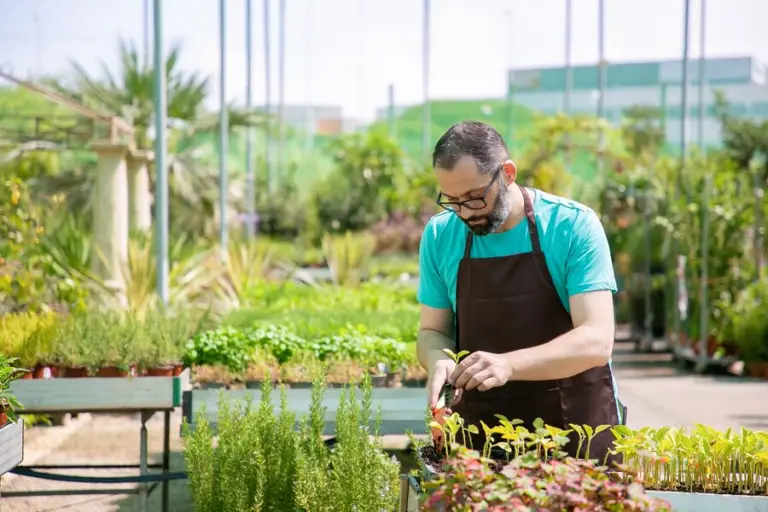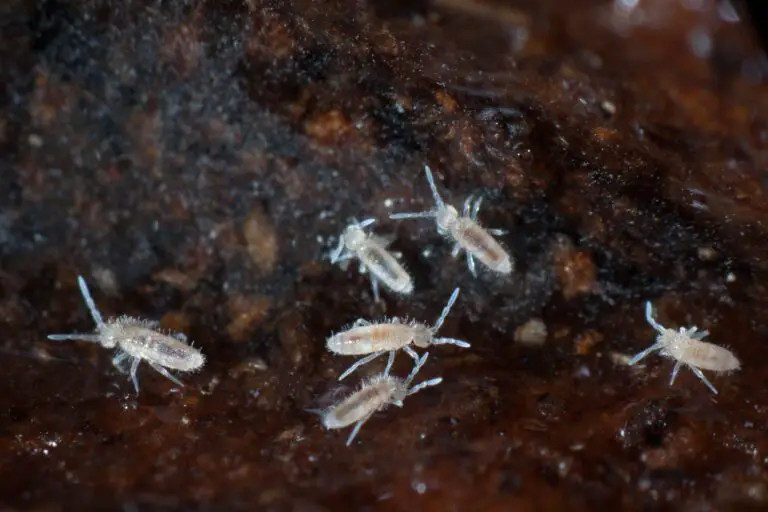Empower Your Garden: Crafting 4 Unique Homemade Hummingbird Feeder Designs
Table of Contents: Homemade Hummingbird Feeder
Design 2: Wine Bottle Hummingbird Feeder
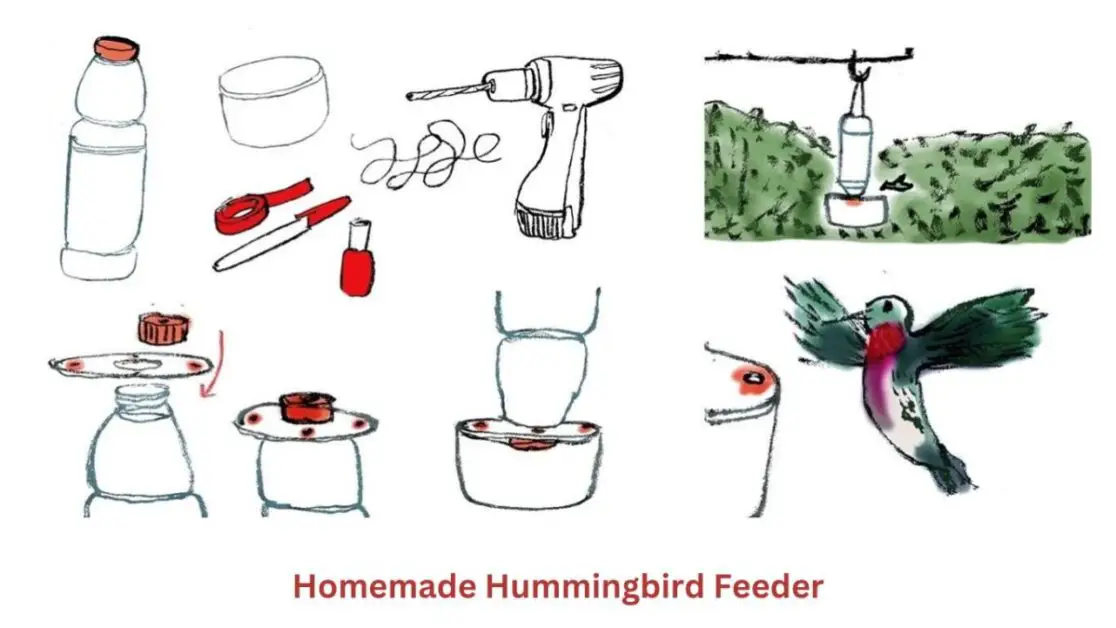
Wine bottle hummingbird feeders are not only functional but also add a touch of charm to your garden. These feeders are a creative and eco-friendly way to attract hummingbirds while repurposing old wine bottles. With their vibrant colors and unique design, wine bottle feeders can serve as eye-catching focal points in any outdoor space. The narrow neck of the bottle mimics the shape of a flower, making it easier for hummingbirds to access the nectar inside. The size of the bottle also allows for a sufficient reservoir of nectar to keep these tiny birds well-fed and coming back for more.
To create your own wine bottle hummingbird feeder, you will need a few simple materials such as a wine bottle, a hummingbird feeder tube with a stopper, and a hook for hanging. Begin by thoroughly cleaning and drying the bottle to ensure no residue or odors remain. Next, insert the feeder tube into the bottle’s opening and secure it in place with the stopper. Fill the bottle with a homemade nectar solution made of sugar and water, and then hang it in a location that is easily visible to hummingbirds. Remember to regularly clean and refill the feeder to maintain a healthy environment for the birds.
Step-by-Step Instructions for Making a Wine Bottle Homemade Hummingbird Feeder
To start creating your wine bottle hummingbird feeder, the first step is to thoroughly clean and dry an empty wine bottle. Make sure there are no remnants of wine or labels left on the bottle to avoid any potential contamination of the nectar.
Next, using a drill with a diamond drill bit, carefully make a hole near the base of the wine bottle. This hole should be just large enough for a hummingbird feeding tube to fit snugly. Once the hole is drilled, insert the feeding tube securely. This tube will act as the entrance for the hummingbirds to access the nectar inside the bottle.
Design 3: Teacup Homemade Hummingbird Feeder
Teacup hummingbird feeders are not only functional but also add a charming touch to any garden or outdoor space. Their whimsical design can attract both hummingbirds and admirers, making them a delightful addition to your backyard oasis. By repurposing a teacup and saucer, you can create a unique feeder that is both eco-friendly and visually appealing. The delicate appearance of the teacup combined with the vibrant presence of hummingbirds creates a lovely contrast that is sure to captivate anyone who witnesses these tiny creatures feeding.
These teacup feeders are easy to assemble with minimal materials required, making them a budget-friendly option for bird enthusiasts. The size of the teacup provides just the right amount of nectar for hummingbirds to enjoy without overwhelming them. Placing the teacup feeder in a quiet, sheltered spot can further attract these delicate birds, providing them with a safe and peaceful feeding environment. Embracing the beauty of nature through the simplicity of a teacup feeder is a creative way to nurture your love for gardening while also supporting the local hummingbird population.
Step-by-Step Instructions for Making a Teacup Homemade Hummingbird Feeder
To create a charming teacup hummingbird feeder, begin by selecting a teacup that you no longer use but still cherish for its aesthetic appeal. Next, carefully drill a small hole in the center of the saucer, making sure it is just big enough to fit the tip of a hummingbird feeding tube. Secure the feeding tube in place using a small amount of waterproof adhesive to prevent any leaks. Then, fill the teacup with homemade hummingbird nectar, ensuring it is free from any artificial dyes or sweeteners that could harm the birds.
After preparing the feeder, find a suitable location in your garden or patio to hang it. Choose a spot that is easily visible yet sheltered from direct sunlight to prevent the nectar from spoiling too quickly. Hang the teacup feeder securely using a durable hook or string, making sure it is at a height that is easily accessible for the tiny hummingbirds. Sit back, relax, and enjoy watching these delightful creatures flutter around your charming teacup feeder.
Design 4: Recycled Materials Hummingbird Feeder
When it comes to creating a hummingbird feeder from recycled materials, the possibilities are endless and the environmental impact is significant. By repurposing items that may have otherwise ended up in landfills, you are not only providing a sustainable food source for these beautiful birds but also contributing to a greener planet.
One creative idea for a recycled materials hummingbird feeder is to use an old glass jar as the reservoir for the nectar. Pair it with some plastic bottle caps as feeding ports, and you have a simple yet effective feeder that can attract hummingbirds to your garden. The key is to ensure that the materials you choose are safe for the birds and easily cleaned to maintain their health and well-being.
Step-by-Step Instructions for Making a Feeder from Recycled Materials
To create a hummingbird feeder from recycled materials, you will need to gather the following items: a clean plastic bottle, two plastic spoons, a piece of wire or string, red paint or markers, and sugar water. Begin by cutting multiple small holes near the bottle’s base to allow hummingbirds to access the nectar. Next, carefully attach the plastic spoons to the bottle, positioning them so that they act as perches for the hummingbirds while they feed. Then, paint the bottle with red paint or markers to attract the hummingbirds, as they are naturally drawn to the color red. Finally, fill the bottle with sugar water, hang it outside, and wait for the beautiful hummingbirds to visit your homemade feeder.
One important tip to keep in mind when making a hummingbird feeder from recycled materials is to ensure that all components are securely attached and free from any sharp edges that could potentially harm the hummingbirds. Additionally, it’s crucial to regularly clean and refill the feeder with fresh sugar water to prevent the growth of mold and bacteria, which can be harmful to the hummingbirds’ health. By repurposing common household items to create a feeder, not only do you provide a sustainable feeding solution for these fascinating birds, but you also contribute to reducing waste and promoting environmental conservation.
Tips for Attracting Hummingbirds to Your Feeder
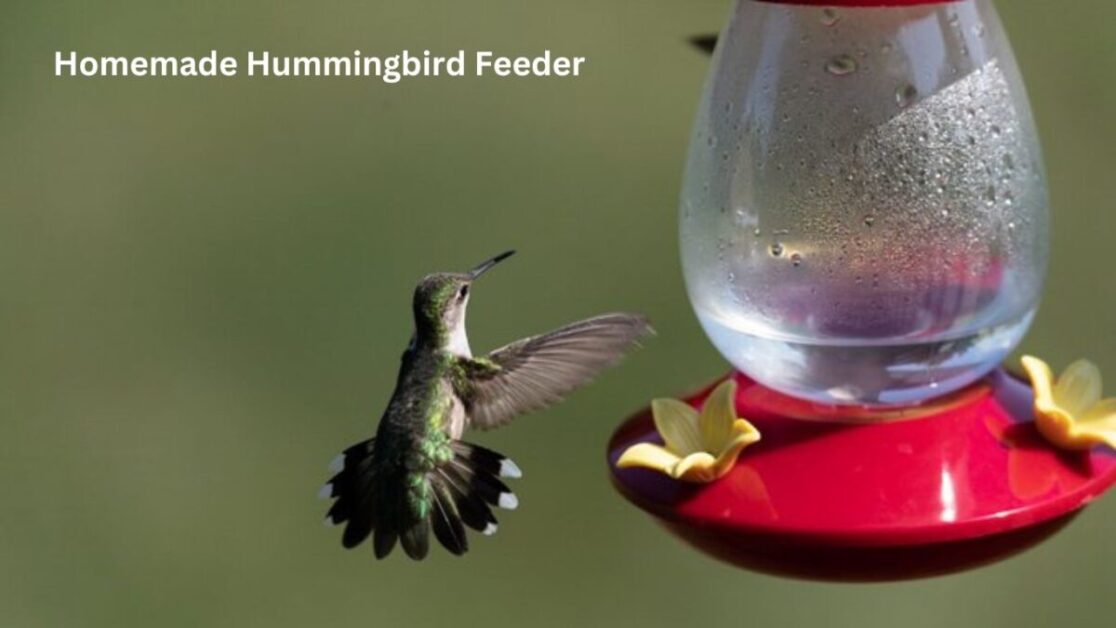
To attract hummingbirds to your feeder, consider the placement of the feeder. Hummingbirds are attracted to brightly colored flowers and feeders, so opt for red or orange feeders to catch their attention. Place the feeder in a calm and quiet area, preferably near flowers or shrubs where hummingbirds can perch and rest. Avoid placing the feeder near noisy areas or places with high human traffic to create a peaceful environment for the birds to feed undisturbed.
Additionally, keep the feeder clean and filled with fresh nectar to maintain its appeal to hummingbirds. Change the nectar frequently, especially in warmer weather, to prevent spoilage and bacterial growth. Use a solution of one part sugar to four parts water to mimic the natural nectar hummingbirds feed on. Providing a consistent and reliable food source will encourage hummingbirds to visit your feeder regularly, enhancing your chances of attracting these charming little birds to your garden.
Maintenance and Cleaning of Homemade Hummingbird Feeders
To ensure the health and safety of the hummingbirds visiting your homemade hummingbird feeder, regular maintenance and cleaning are essential. Cleaning your feeder at least once a week is highly recommended to prevent the growth of mold and harmful bacteria. Start by emptying any remaining nectar from the feeder and disassembling it for thorough cleaning. Use warm water and a mild soap solution to scrub the feeder components, including the bottle or cup, feeding ports, and any decorative elements.
After cleaning, rinse all parts carefully to remove any soap residue, as it can be harmful to the hummingbirds. Allow the feeder to air dry completely before refilling it with fresh nectar. Inspect the feeder regularly for any signs of wear or damage, such as cracked or cloudy plastic, which could harbor bacteria. By following these simple maintenance and cleaning steps, you can create a welcoming and safe environment for the hummingbirds that visit your homemade feeder.
Benefits of Using Homemade Hummingbird Feeders
Homemade hummingbird feeders offer numerous benefits for both the birds and the environment. Firstly, homemade feeders provide a more sustainable option compared to store-bought feeders, as they often utilize recycled materials or items already available at home, reducing waste and promoting eco-friendly practices. Additionally, the customization aspect of homemade feeders allows for creative designs that can cater to specific hummingbird species, offering a more personalized feeding experience.
Furthermore, homemade hummingbird feeders can be a cost-effective alternative, saving money in the long run. By using readily available materials, gardeners can create functional feeders at a fraction of the cost of store-bought alternatives. This affordability makes it easier to maintain multiple feeders throughout the garden, increasing the chances of attracting and supporting hummingbird populations in the area.
Comparison of Homemade vs Store-Bought Hummingbird Feeders
When considering whether to opt for a homemade or store-bought hummingbird feeder, several factors come into play. Homemade feeders often allow for greater customization in terms of design, materials, and size. This can be advantageous for those looking to create a feeder that matches their outdoor décor or specific preferences. On the other hand, store-bought feeders usually undergo rigorous testing to ensure they are safe for hummingbirds and effectively attract these delicate creatures. Additionally, store-bought feeders may come with added features such as bee guards or ant moats, which can help maintain the feeder’s cleanliness and protect the nectar from unwanted pests.
One key aspect to consider in the comparison between homemade and store-bought hummingbird feeders is durability. Homemade feeders, depending on the materials used and construction quality, may not always be as durable as their commercial counterparts. Store-bought feeders are typically designed to withstand outdoor elements and frequent use, ensuring a longer lifespan. However, with proper care and maintenance, homemade feeders can also be durable and provide a cost-effective alternative to store-bought options. Ultimately, the decision between homemade and store-bought hummingbird feeders depends on individual preferences, budget, and desired features for attracting and nourishing these delightful birds.
How to Hang Your Homemade Hummingbird Feeder
When hanging your homemade hummingbird feeder, it’s crucial to choose a location that provides easy access for the hummingbirds while also ensuring the safety of the birds. Opt for a spot that is visible from a distance, allowing you to enjoy watching these delightful creatures visit your feeder. Position the feeder away from windows or reflective surfaces to prevent bird collisions, and place it in a shaded area to keep the nectar from spoiling too quickly. Consider hanging the feeder near flowers or plants that attract hummingbirds to enhance the feeding experience for these tiny visitors.
To hang your homemade hummingbird feeder securely, use a sturdy hook or hanger that can support the weight of the feeder when filled with nectar. Ensure that the hook is anchored properly to a stable structure, such as a branch, post, or a dedicated hook attached to a wall or fence. Make sure the feeder is suspended at a height that is easily accessible for refilling and cleaning, while also being out of reach of potential predators. Regularly check the hanging mechanism to ensure it remains secure and stable to provide a safe and inviting feeding station for the hummingbirds.
Creative Ways to Decorate Your Hummingbird Feeder
Adding a personal touch to your hummingbird feeder can enhance its appeal and make it a beautiful addition to your garden. One creative way to decorate your feeder is by painting the glass bottle or teacup with vibrant colors or intricate designs. Ensure to use non-toxic paint that won’t harm the hummingbirds. Another idea is to attach decorative elements such as beads, ribbons, or charms to the feeder using glue or wire, adding a touch of whimsy to attract both hummingbirds and human admirers.
Furthermore, you can consider using natural materials like twine, moss, or small branches to create a rustic and charming look for your feeder. These organic decorations can blend seamlessly with your garden’s foliage, creating a harmonious and inviting space for hummingbirds to feed. Remember to place your feeder in a location that provides easy access for hummingbirds while also allowing you to enjoy watching them flutter and feed in your creatively decorated oasis.
Potential Risks to Hummingbirds from Homemade Feeders
Homemade hummingbird feeders can pose certain risks to these delicate birds if not constructed properly or if inappropriate materials are used. One potential risk is the use of toxic materials that can harm hummingbirds if ingested or if they come into contact with them. For example, using paint that contains lead or other harmful chemicals can be toxic to hummingbirds and jeopardize their health.
Another risk associated with homemade feeders is the lack of proper cleaning and maintenance, which can lead to the growth of mold and bacteria in the nectar solution. If the feeder is not cleaned regularly, the sticky solution can ferment and become a breeding ground for harmful microorganisms that can cause illness or infections in hummingbirds. It is essential to ensure that homemade feeders are maintained properly to prevent any potential risks to the well-being of these beautiful creatures.
Hummingbird Feeder Safety Guidelines
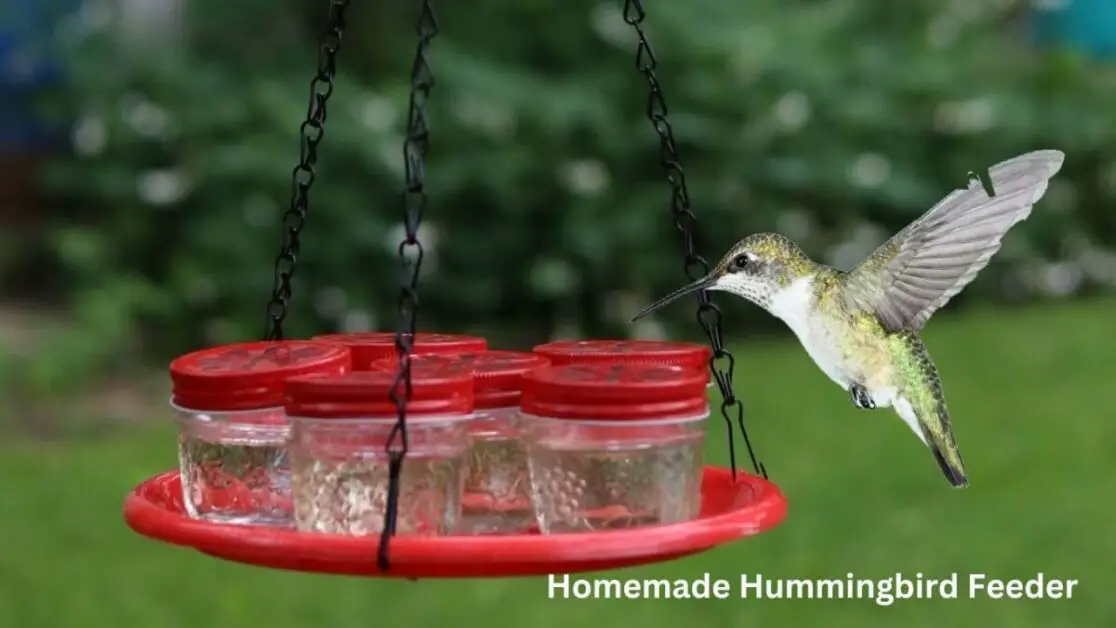
When it comes to creating a safe environment for hummingbirds around your feeder, there are key guidelines to follow. Firstly, always ensure that your feeder is kept clean and free from mold or bacteria buildup that could harm the birds. Use a mild soap and hot water to regularly wash your feeder, and consider using a diluted bleach solution for thorough cleaning. Additionally, make sure there are no sharp edges or protruding parts on your feeder that could potentially injure the delicate hummingbirds.
Secondly, placement of your feeder is crucial for the safety of the birds. Hang your feeder in a shaded area to prevent the nectar from spoiling too quickly in the heat. Also, ensure that the feeder is positioned away from any potential predators such as cats or insects. By following these safety guidelines, you can create a welcoming and secure environment for the hummingbirds to visit and enjoy.
Here’s a table outlining the designs of homemade hummingbird feeders:
| Design | Description |
|---|---|
| Mason Jar Delight | Utilizes a repurposed mason jar as the reservoir, adorned with colorful beads and perches for hummingbirds to rest while feeding. |
| Bottle Brilliance | Upcycles plastic bottles into feeders, incorporating vibrant paint or decorative tape to attract hummingbirds, with strategically placed feeding ports for easy access. |
| Flowering Elegance | Mimics the appearance of natural flowers using materials such as plastic spoons, fabric petals, or even recycled bottle caps, creating a visually appealing feeder that blends seamlessly into garden landscapes. |
| Rustic Charm | Embraces a rustic aesthetic by repurposing materials like old wood, tin cans, or metal mesh into a feeder, complemented by earthy tones and a simple, functional design that adds character to garden spaces. |
This table presents four unique designs for homemade hummingbird feeders, each offering a creative and eco-friendly way to attract and nourish these delightful garden visitors.
Frequently Asked Questions about Homemade Hummingbird Feeders
Homemade hummingbird feeders can be a delightful addition to your garden, but it’s natural to have some questions about their usage and maintenance. One common query is whether homemade feeders are safe for hummingbirds. Homemade hummingbird feeders can be safe for these tiny birds as long as they are designed and maintained properly. It’s essential to use food-grade materials, regularly clean the feeders to prevent mold growth, and ensure that the feeding ports are the right size for hummingbirds.
Another frequently asked question is how to attract hummingbirds to homemade feeders. To attract hummingbirds to your homemade feeders, consider placing them in a shaded area to prevent the nectar from spoiling quickly in the sun. Planting brightly colored flowers nearby can also catch the attention of hummingbirds and lead them to your feeder. Regularly changing the nectar and keeping the feeder clean will help maintain a welcoming environment for these beautiful birds to visit your garden.
Can I use food coloring in the hummingbird nectar for my homemade feeder?
It is not recommended to use food coloring in hummingbird nectar as it can be harmful to the birds. Stick to a simple solution of sugar and water.
How often should I change the nectar in my homemade hummingbird feeder?
It is recommended to change the nectar every 3-5 days, especially in hot weather, to prevent the growth of harmful bacteria and mold.
What is the best location to hang my homemade hummingbird feeder?
Hang your feeder in a shaded area, away from direct sunlight, to prevent the nectar from spoiling too quickly. Also, make sure it is placed in a quiet spot where hummingbirds can easily access it.
Can I use artificial flowers or decorations on my homemade hummingbird feeder?
It is best to avoid using artificial flowers or decorations on your feeder, as they can be confusing to hummingbirds and may deter them from feeding.
How can I prevent ants and other insects from getting into my homemade hummingbird feeder?
To prevent ants, you can use an ant moat or create a barrier of water around the hanging wire. For other insects, regularly clean and maintain your feeder to keep it free of debris and mold.
Are there any specific plants or flowers I should plant to attract hummingbirds to my feeder?
Planting native flowers such as bee balm, trumpet vine, and salvia can help attract hummingbirds to your feeder by providing additional food sources.
How can I tell if my homemade hummingbird feeder is attracting hummingbirds?
Keep an eye out for hummingbirds visiting your feeder regularly. You may also notice territorial behavior from male hummingbirds defending the feeder.
Can I make a homemade hummingbird feeder with my kids as a fun project?
Yes, making a homemade hummingbird feeder can be a great hands-on activity for kids to learn about nature and conservation. Just make sure to supervise them when handling sharp objects or hot materials.

